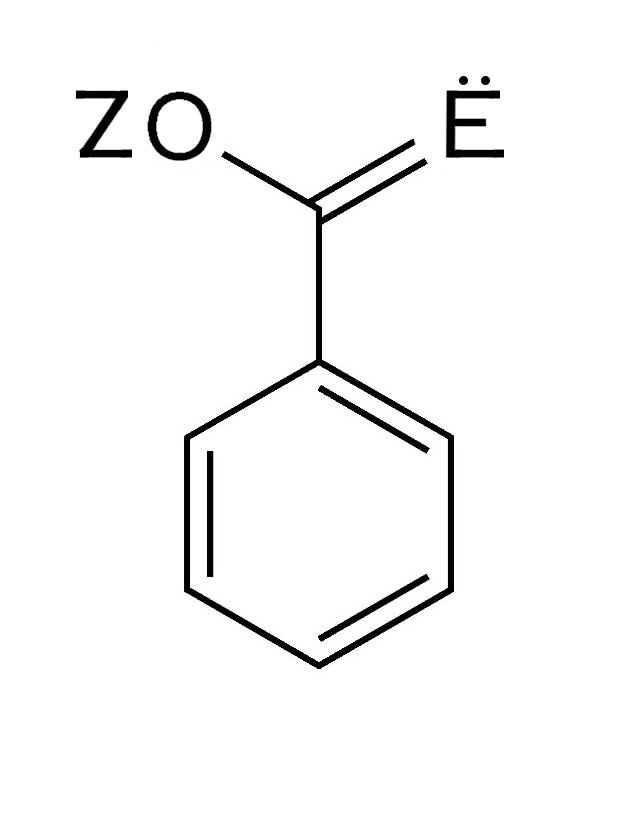Path sampling simulations of the Watson-Crick to Hoogsteen transition in a protein-DNA complex
Computational Chemistry, HIMS, University of Amsterdam
The Hoogsteen (HG) base pair creates an alternative pairing geometry, involving a 180-degree rotation of the purine around the glycosidic bond, relative to the Watson-Crick (WC) base. The HG bases are found to be embedded in protein-DNA complexes, where they play a functional role in replication, transcription, and other cellular processes. To investigate the conversion from WC to HG in a protein-DNA complex, molecular dynamics, transition path, and interface sampling simulations were performed on a MATa2-DNA complex.
The results show that the MATa2D domain only interacts with the base when it adopts the HG conformation. Furthermore, it was established that the HG base is necessary for the MATa2D domain to correctly associate to the DNA, indicating the HG base pair stabilizes the homeodomain-DNA contact. From the results, we can conclude that the Hoogsteen base pair plays a role in DNA recognition and interaction within a protein-DNA complex. TPS simulations furthermore show that the transition mechanism in the protein-DNA complex happens inside the double helix, while in the absence of the protein, the base can also move out of the helix to flip over.
